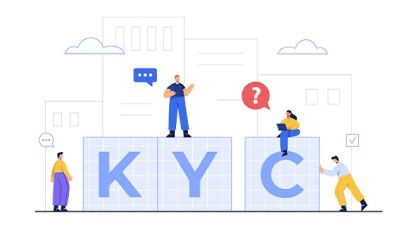Are you worried about late fees on your secured loans? Late payments can lead to penalties, impact your credit score, and create unnecessary financial stress. Understanding how late charges work and Bajaj Finserv’s policies on fees, waivers, and grace periods can help you avoid penalties while managing your finances effectively.
Secured loans, backed by collateral such as property or assets, offer lower interest rates and higher borrowing limits. However, timely repayment is crucial to avoid late fees and protect your creditworthiness. In this article, we will explore everything you need to know about secured loan late fees, including how they are calculated, grace periods, waiver policies, and actionable tips to prevent penalties.
What are secured loan late payment charges?
Secured loan late payment charges are penalties imposed by lenders when borrowers fail to pay their EMI (Equated Monthly Instalment) on time. These fees serve as a deterrent against late payments, ensuring borrowers fulfil their financial obligations promptly.
Purpose and importance of late fees
Late payment charges are critical for lenders to maintain cash flow and discourage defaults. They also incentivise borrowers to prioritise timely payments, which is essential for maintaining a healthy credit profile.
Standard fee structures for secured loans
The fee structure for late payments varies across lenders but generally includes:
- Flat penalty charges: A fixed amount added to the outstanding EMI.
- Percentage-based charges: A percentage of the overdue amount, typically ranging between 1% to 3%.
For example, if your EMI is Rs. 25,000 and the late fee is 2%, you will incur a penalty of Rs. 500 for missing the due date.
Secured vs unsecured loans: Late payment penalties
Secured loans often have lower late payment charges compared to unsecured loans because they are backed by collateral. However, failing to repay secured loans on time can lead to the risk of losing your collateral, making timely payments even more critical.












